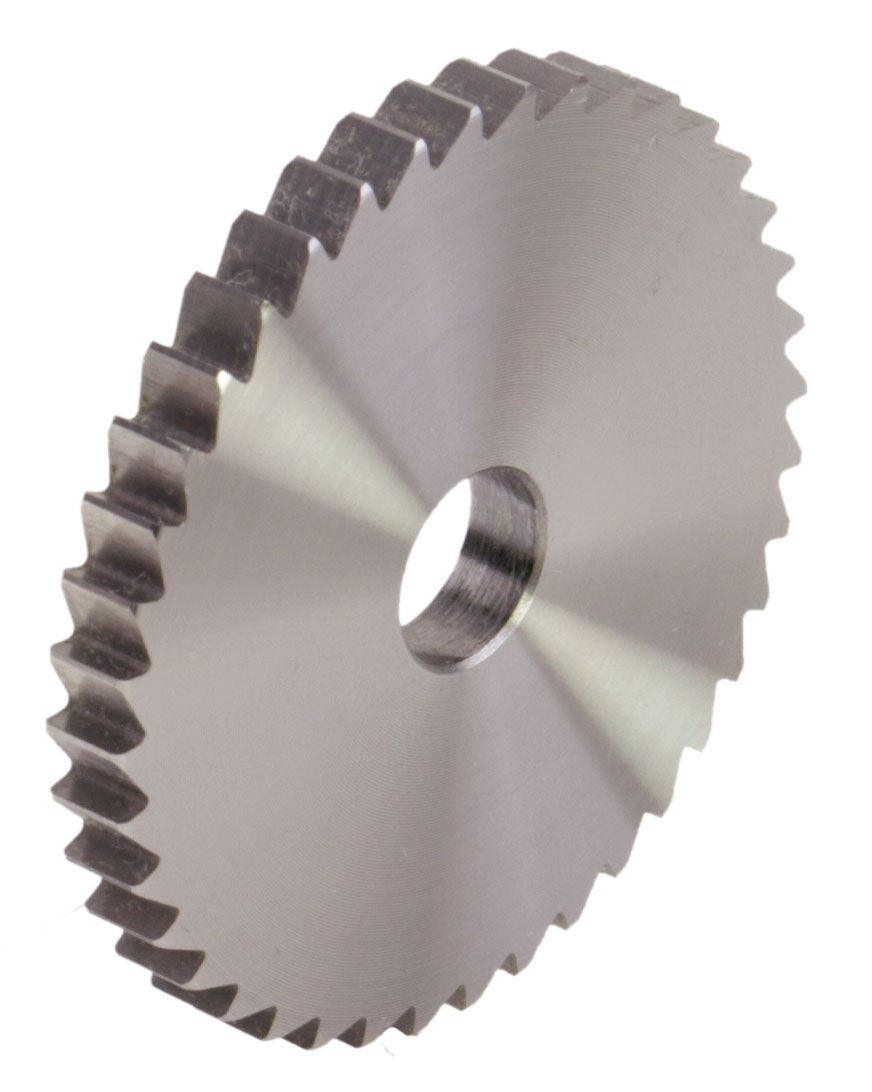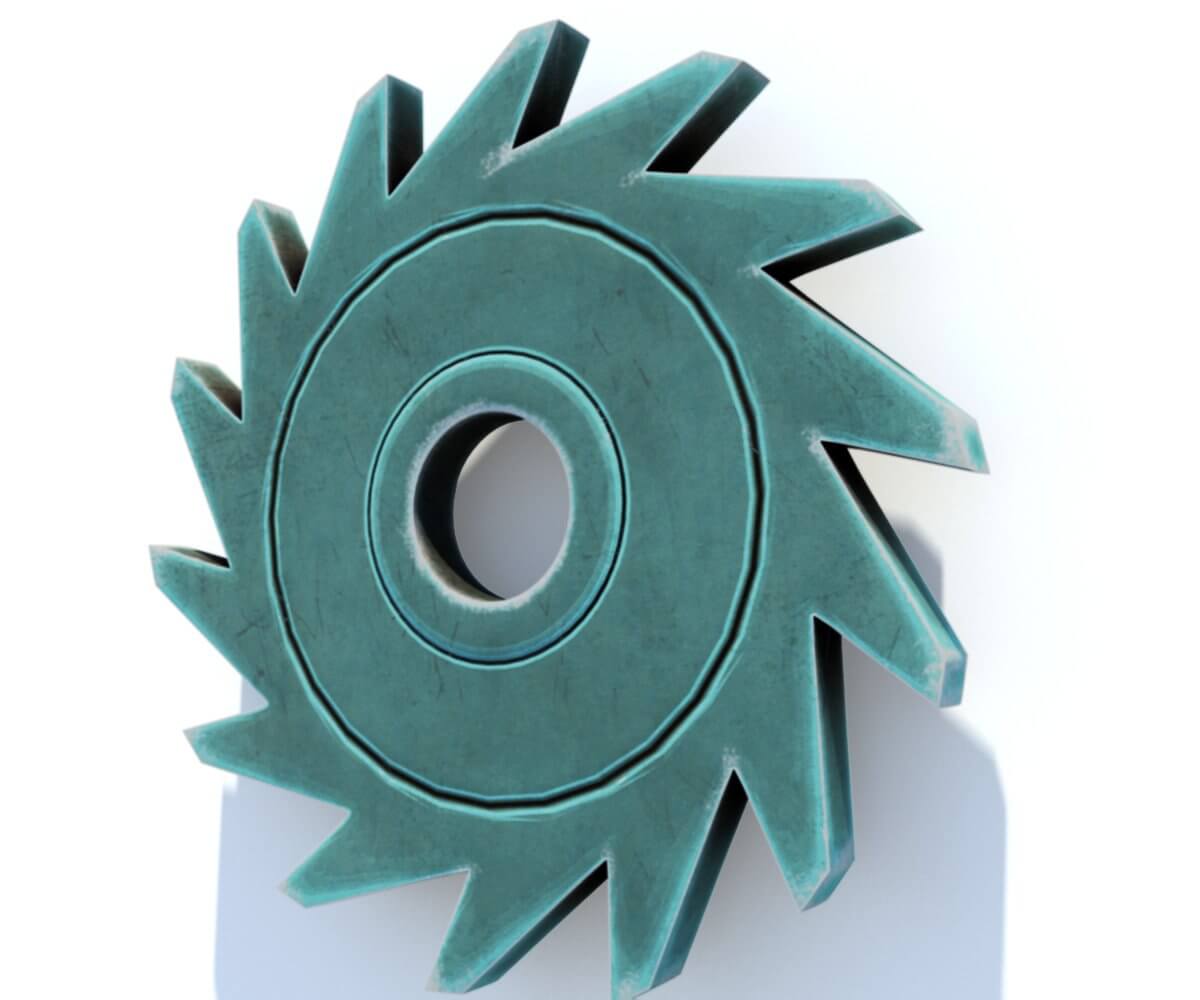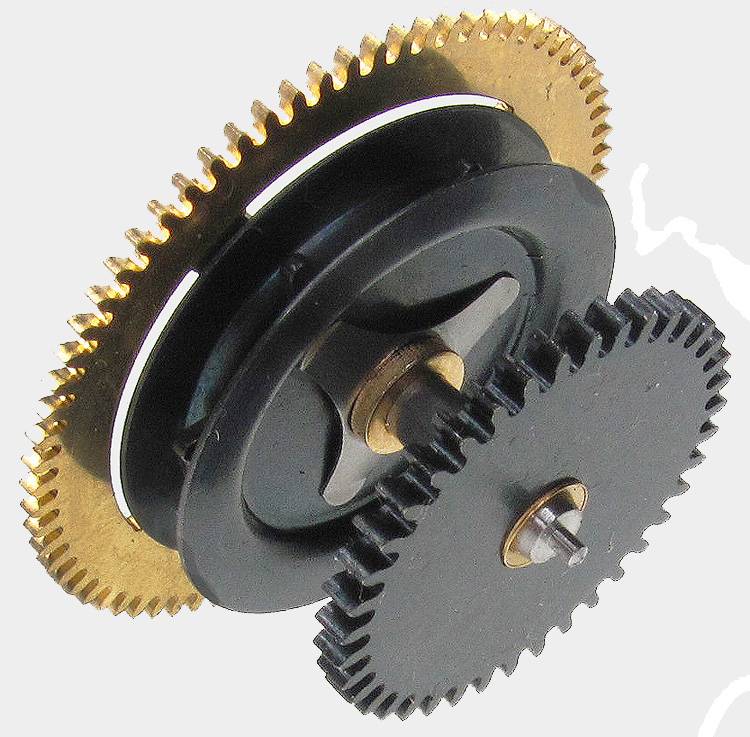Product Description
CONVEYOR ROLLERS,CONVEYOR IDLERS,CONVEYOR SPARE PARTS, CONVEYOR DRUMS PULLEYS
FOR BULK MATERIAL HANDLING PROJECTS
Advantages and Benefits:
1, CHINAMFG design for heavy duty roller.
2, Waterproof and dustproof design
3, Low indicated run out (T.I.R) , good balance, stable operation .
4, Low resistance for start and friction, high efficiency and energy saving.
5, The bearing house and tube are assembled and welded with a concentric automatic welding machine.
6, Cutting of steel tube and shaft is performed with digital auto equipment.
7, Fabrication of roller is effected by an auto device.
8, The conveyor rollers are manufactured accoding to CEMA,ASTM,DIN standard.
9, The conveyor roller is lubricated and free from maintenance.
Raw material and specifications are as below:
A:Shaft is made from cool drawn steel, cut and machined by automatic numerically controlled machines, the concentricity in 0.05mm.
B:The tube is made from ST37-2 DIN standard and machined by automatic numerically controlled machines.
C:Bearing are deep groove precision ball bearing with C3 internal clearance.
D:Bearing house are made from cold-forming and machinesd by automatic numerically controlled machines
E:The seals are triple labyrinth seals and made from nylon PA6 material.
F:The grease uses 2,3 grade long-lasting lithium grease.
| Technical Parameters | ||||
| Standard Diameter | Length scope ( mm) | Bearings Type (Min~Max) |
Idler's Shell Wall Thickness | |
| mm | Inch | |||
| 63.5 | 2 1/2 | 150~3500 | 204 | 3.0mm~3.75mm |
| 76 | 3 | 150~3500 | 204 205 | 3.0mm~4.0mm |
| 89 | 3 1/3 | 150~3500 | 204 205 | 3.0mm~4.0mm |
| 102 | 4 | 150~3500 | 3.5mm~4.0mm | |
| 108 | 4 1/4 | 150~3500 | 3.5mm~4.0mm | |
| 114 | 4 1/2 | 150~3500 | 3.5mm~4.5mm | |
| 127 | 5 | 150~3500 | 3.5mm~4.5mm | |
| 133 | 5 1/4 | 150~3500 | 306 | 3.5mm~4.5mm |
| 140 | 5 1/2 | 150~3500 | 306 | 3.5mm~4.5mm |
| 152 | 6 | 150~3500 | 4.0mm~4.5mm | |
| 159 | 6 1/4 | 150~3500 | 4.0mm~4.5mm | |
| 165 | 6 1/2 | 150~3500 | 308 | 4.5mm~6.0mm |
| 177.8 | 7 | 150~3500 | 309 | 4.5mm~6.0mm |
| 190.7 | 7 1/2 | 150~3500 | 309 | 4.5mm~6.0mm |
| 194 | 7 5/8 | 150~3500 | 310 | 4.5mm~6.0mm |
| 219 | 8 5/8 | 150~3500 | 4.5mm~6.0mm | |
Typical applicatios:Mining---coal, iron ore,gold,Coal process plants,Coal fired power stations,Import/export terminals,Steel plants,Fertilizer plants,Cement plants,Gravel plants,Quarry.
Packaging & Shipping
/* January 22, 2571 19:08:37 */!function(){function s(e,r){var a,o={};try{e&&e.split(",").forEach(function(e,t){e&&(a=e.match(/(.*?):(.*)$/))&&1
| Material: | HDPE |
|---|---|
| Surface Treatment: | Lathe |
| Motor Type: | Customer Require |
| Installation: | Horizontal |
| Size: | Customer-Made |
| Roller Length: | 190mm to 3500mm |
| Customization: |
Available
|
|
|---|

What maintenance practices are recommended for ratchet wheels to ensure optimal functionality?
Maintaining ratchet wheels is essential to ensure their optimal functionality and longevity in mechanical systems. Here are recommended maintenance practices for ratchet wheels:
- 1. Regular Inspection: Perform routine visual inspections of the ratchet wheel and the surrounding components. Look for signs of wear, damage, or deformation. Pay attention to the teeth, as worn or damaged teeth can affect engagement.
- 2. Cleaning: Keep the ratchet wheel and associated components clean from dirt, debris, and contaminants. Clean with a suitable solvent or degreaser to remove built-up grime and ensure smooth operation.
- 3. Lubrication: Apply a suitable lubricant to the ratchet wheel and pawl or catch mechanism to reduce friction and prevent premature wear. Follow the manufacturer's recommendations for lubrication intervals and types of lubricants.
- 4. Pawl or Catch Inspection: Check the pawl or catch mechanism that engages with the ratchet wheel. Ensure it is in good condition, and there is no excessive wear or damage. Replace worn or damaged pawls promptly.
- 5. Alignment: Verify that the ratchet wheel is correctly aligned with the pawl or catch. Misalignment can lead to uneven wear and reduced effectiveness. Make any necessary adjustments to ensure proper engagement.
- 6. Tightening Fasteners: Periodically check and tighten any fasteners, such as bolts and nuts, that secure the ratchet wheel and its associated components. Loose fasteners can lead to play and affect performance.
- 7. Teeth Replacement: If teeth on the ratchet wheel show signs of significant wear or damage, consider replacing the ratchet wheel or the affected teeth. Damaged teeth can lead to unreliable engagement.
- 8. Corrosion Prevention: In corrosive environments, take measures to prevent rust or corrosion on the ratchet wheel. This may include applying protective coatings or using corrosion-resistant materials.
- 9. Calibration (If Applicable): In applications requiring precise control, consider calibrating the ratchet wheel to ensure it provides the desired incremental movement accurately.
- 10. Safety Check: Ensure that ratchet wheels in safety-critical applications are functioning correctly and have not been compromised in any way. This includes systems in vehicles, safety equipment, and emergency mechanisms.
- 11. Replacement: As ratchet wheels age and show significant wear, it's advisable to replace them to maintain the reliability and safety of the system.
Regular maintenance and inspection of ratchet wheels are essential to prevent unexpected failures, ensure proper engagement, and extend their service life. Following these maintenance practices helps maintain the optimal functionality and reliability of ratchet wheels in mechanical systems.

How does the choice of ratchet wheels affect the overall performance and reliability of mechanical systems?
The choice of ratchet wheels plays a significant role in determining the overall performance and reliability of mechanical systems. Here's how different factors related to ratchet wheel selection impact these aspects:
- 1. Load Capacity: The load capacity of the chosen ratchet wheel must match the intended application. Using a ratchet wheel with insufficient load capacity can lead to premature wear, slippage, and safety risks.
- 2. Material Selection: Ratchet wheels are available in various materials, such as steel, stainless steel, and plastic. The choice of material affects factors like durability, corrosion resistance, and weight. Selecting the appropriate material for the environment and application is critical.
- 3. Tooth Profile and Design: The tooth profile and design of the ratchet wheel impact how well it engages with the pawl or catch. Proper tooth design ensures reliable engagement, reducing the risk of slippage or unintended movement.
- 4. Precision and Tolerance: High-precision ratchet wheels with tight tolerances provide smoother and more consistent operation. Precision is essential in applications where accuracy and repeatability are critical.
- 5. Pawl Compatibility: Ensure that the selected ratchet wheel is compatible with the accompanying pawl or catch mechanism. Incompatibility can lead to issues with engagement and reliability.
- 6. Surface Finish: The surface finish of the ratchet wheel affects friction and wear. A polished or treated surface can reduce friction, extend the service life, and enhance performance.
- 7. Environmental Considerations: Consider the environmental conditions in which the ratchet wheel will operate. Extreme temperatures, exposure to chemicals, or outdoor use may require specialized materials or coatings to maintain reliability.
- 8. Maintenance Requirements: Some ratchet wheels may require more frequent maintenance than others. Understanding the maintenance needs of the chosen ratchet wheel is crucial for long-term reliability.
- 9. Compliance with Standards: Ensure that the selected ratchet wheel complies with industry standards and regulations. Compliance is essential for safety and reliability in specific applications.
- 10. Cost-Benefit Analysis: Consider the cost-effectiveness of the chosen ratchet wheel. While high-quality options may come at a higher price, they often offer better long-term reliability and reduced maintenance costs.
- 11. Application-Specific Features: Some ratchet wheels may offer features tailored to specific applications, such as noise reduction or enhanced security. Choosing a wheel with the right features can improve overall system performance.
- 12. Supplier Reputation: The reputation and reliability of the supplier or manufacturer also play a role. Established suppliers with a track record of quality can offer assurance in the performance of their products.
In summary, the choice of ratchet wheels affects the overall performance and reliability of mechanical systems by influencing load capacity, material selection, tooth design, precision, and many other factors. Selecting the right ratchet wheel for a given application is crucial for achieving optimal system performance and longevity.

Can you describe the factors to consider when selecting ratchet wheels for specific applications?
When selecting ratchet wheels for specific applications, several important factors should be taken into consideration to ensure optimal performance and reliability. These factors include:
- 1. Load Capacity: Determine the maximum load or force the ratchet wheel will need to handle. Choose a ratchet wheel with the appropriate load capacity to ensure safe and efficient operation. Larger and more robust ratchet wheels are suitable for heavy-duty applications.
- 2. Space Constraints: Consider the available space within the mechanical system where the ratchet wheel will be installed. Ensure that the selected ratchet wheel size fits within the allocated space without interference or clearance issues.
- 3. Tooth Profile: The tooth profile of the ratchet wheel should match the application's requirements. Standard ratchet wheels have angled teeth, while fine-tooth ratchet wheels offer finer control. Select the tooth profile that suits the desired level of precision and movement control.
- 4. Material: Choose a ratchet wheel material that is compatible with the application's environment and demands. Common materials include hardened steel or alloy metals for durability. In corrosive environments, opt for corrosion-resistant coatings or materials.
- 5. Pawl Compatibility: Ensure that the selected ratchet wheel is compatible with the pawl or catch mechanism used in the application. The pawl should effectively engage and disengage with the ratchet wheel's teeth for reliable operation.
- 6. Precision Requirements: Consider the level of precision required in the application. Fine-tooth ratchet wheels are suitable for applications demanding precise adjustments, while standard ratchet wheels offer a balance of control and strength.
- 7. Operating Conditions: Evaluate the operating conditions, including temperature extremes, humidity, and exposure to chemicals or contaminants. Select ratchet wheels that can withstand these conditions without degradation.
- 8. Customization: For specialized applications or unique requirements, consider the option of custom-designed ratchet wheels. Customization allows for tailoring the ratchet wheel's size, tooth profile, and material to meet specific needs.
- 9. Maintenance: Assess the ease of maintenance and lubrication requirements. Some ratchet wheels may need periodic cleaning and lubrication to ensure smooth and reliable operation.
- 10. Regulatory Compliance: In some industries, specific standards and regulations may govern the choice of components. Ensure that the selected ratchet wheel complies with relevant industry standards and safety regulations.
By carefully considering these factors, you can select the most suitable ratchet wheel for your specific application, promoting efficient and reliable performance while minimizing the risk of issues or failures.


editor by Dream 2024-04-29